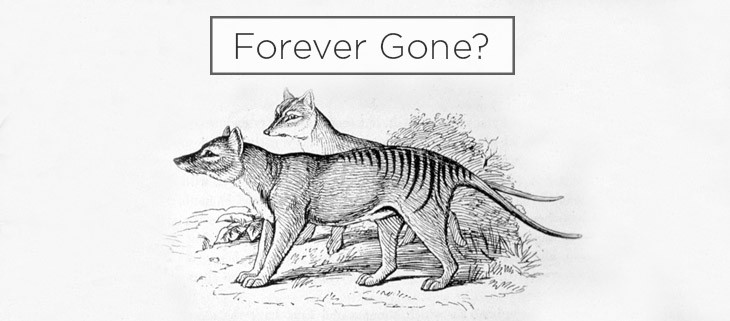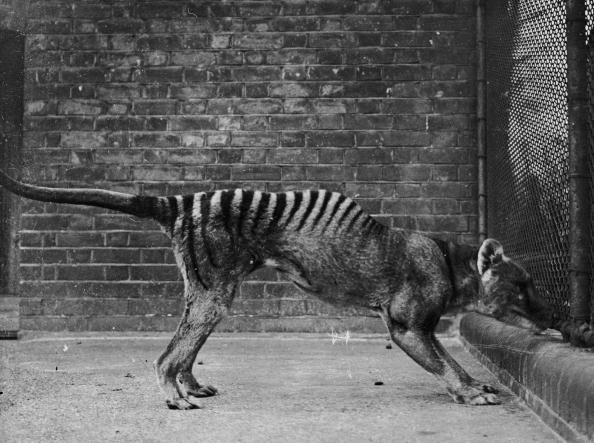May 19, 2025
UNOC 3 Position Paper
Read our position paper on The 3rd United Nations Ocean Conference (UNOC 3) to see why we're attending and what we aim to accomplish!
We use cookies to help you navigate efficiently and perform certain functions. You will find detailed information about all cookies under each consent category below.
The cookies that are categorized as "Necessary" are stored on your browser as they are essential for enabling the basic functionalities of the site. ...
Necessary cookies are required to enable the basic features of this site, such as providing secure log-in or adjusting your consent preferences. These cookies do not store any personally identifiable data.
Functional cookies help perform certain functionalities like sharing the content of the website on social media platforms, collecting feedback, and other third-party features.
Analytical cookies are used to understand how visitors interact with the website. These cookies help provide information on metrics such as the number of visitors, bounce rate, traffic source, etc.
Performance cookies are used to understand and analyze the key performance indexes of the website which helps in delivering a better user experience for the visitors.
Advertisement cookies are used to provide visitors with customized advertisements based on the pages you visited previously and to analyze the effectiveness of the ad campaigns.

Potential sightings of the Tasmanian Tiger in Northern Queensland make researchers question whether the species might still exist 80 years after its supposed extinction. The Tasmanian tiger, also known as the Thylacine, has been presumed extinct since 1936 when the last known individual died at Hobart Zoo.
Tasmanian Tigers were (and according to new claims, maybe still are) an apex predator that lived on continental Australia, Tasmania, and New Guinea. Supposedly, the introduction of dogs, diseases, and hunting proved too much, and drove the carnivorous marsupial to extinction.

Since their extinction, many sightings have been reported of dog-like animals that are not believed to be foxes or dingoes, but these claims were not considered credible. However, new eyewitness accounts provide detailed descriptions of an animal that could potentially be a Tasmanian Tiger. Professor Bill Laurence of James Cook University explained:
In one case four animals were observed at close range – about 20 feet away – with a spotlight.
The descriptions of the dog-like animals did not match any species such as dingoes, wild dogs, or feral pigs. The behaviors, sizes, and shapes are reportedly consistent with that of the Tasmanian Tigers. Sightings on the Cape York Peninsula are giving researchers and conservationists reason to believe, cautiously, that the apex predator may not be extinct after all.
Dr. Sandra Abell, a researcher with James Cook University’s Center for Tropical Environmental Sustainability Science and her team are working to set camera traps to monitor the species. Abell explained that researchers are still skeptical:
It is a low possibility that we’ll find Thylacines, but we’ll certainly get lots of data on the predators in the area and that will help our studies in general.
Camera traps will allow researchers to monitor for any potential Tasmanian Tiger activity as well as look for other rare and endangered species such as the Nothern Bettong, which is threatened by invasive predators. Although there is no conclusive evidence of the species as of yet, conservationists are excited for the possibility that the species could still be out there. Lawrence explained:
[Discovering a living Thylacine] would almost stop the earth turning on its axis in terms of how big the news would be…It would be an absolute revelation and would change the way a lot of people think about a lot of species that we may have presumed to have gone extinct but possibly have not entirely disappeared.
Only time and extensive surveys will tell if the Tasmanian Tiger is in fact alive and well in Queensland or if the reported sightings are simply mistaken.
Featured photo: Illustration of Tasmanian Tigers. Credit: Tasmanian Tiger Archive and Heritage Office
Sources:
The Guardian
Nature World News
Wikipedia
Check out other journal entries we think you might be interested in.
Notifications